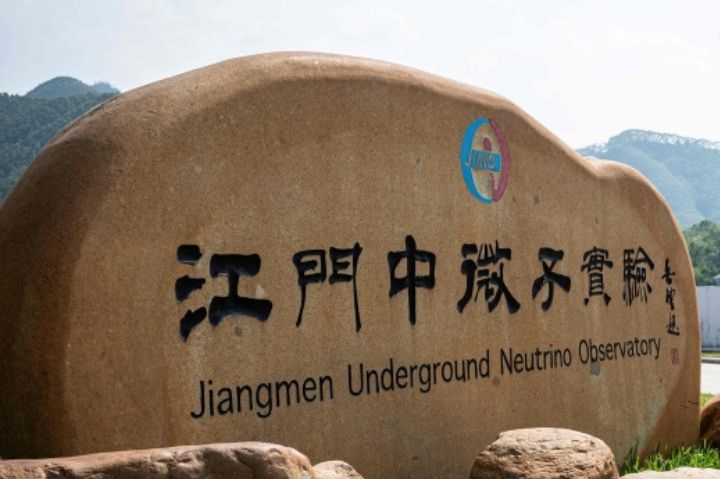China is on the brink of a breakthrough in particle physics with the Jiangmen Underground Neutrino Observatory (JUNO), a massive underground facility designed to solve the long-standing mystery of neutrino mass hierarchy. Slated to begin operations in 2025, JUNO features a 115-foot-wide neutrino detector that will analyze subatomic particles from nearby nuclear plants. By uncovering the elusive weights of neutrinos, JUNO’s findings could transform our understanding of quantum mechanics, stars, supernovas, and possibly force a reevaluation of the Standard Model of particle physics.
The hunt for neutrinos is one of the most competitive fields in physics today, with China vying to beat the US IceCube Observatory and Japan’s Super-Kamiokande lab in solving the mass hierarchy problem. If JUNO successfully determines the weight hierarchy of neutrinos, it could not only solidify China’s position as a leader in particle physics but also lead to groundbreaking discoveries about the fundamental forces that govern the universe.
For over a decade, China has invested heavily in the project, seeking to be the first to unlock the secret of neutrinos’ mysterious mass. Neutrinos, which are believed to zip through our bodies in the trillions every second, are nearly impossible to detect because they rarely interact with matter. However, by focusing JUNO on neutrinos produced by two nearby nuclear plants, researchers aim to gather enough data to finally answer questions that have eluded physicists for decades. The scale of the challenge is immense—it could take up to six years of experimentation and data analysis to uncover the neutrino mass hierarchy.
The stakes are high. Should JUNO succeed in solving this mystery before rival projects, it could redefine our understanding of the universe. Patrick Huber, director of the Center for Neutrino Physics at Virginia Tech, noted that a revelation from JUNO could revolutionize physics, potentially rewriting established theories about the universe’s basic structure.
China’s efforts reflect the global competition to lead in cutting-edge scientific discoveries. While JUNO is ahead, unexpected developments in physics research could mean that the race is still wide open. The U.S.-led IceCube Observatory and Japan’s Super-Kamiokande are also vying for the same discovery, ensuring that this pursuit of knowledge remains one of the most exciting and high-stakes quests in modern science.
China’s bold investment in JUNO signals its ambition not only to surpass competitors but to redefine the limits of human understanding when it comes to the most fundamental particles in the cosmos. The discovery of the neutrino mass hierarchy would not only fill a crucial gap in the Standard Model but also open doors to understanding more about the formation and behavior of planets, stars, and the very building blocks of matter itself.












